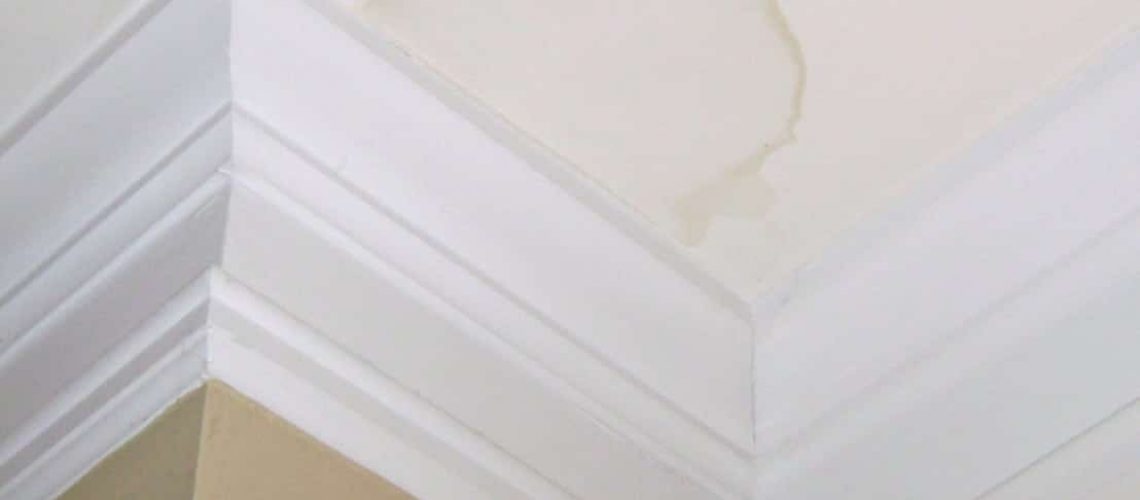The Washington D.C. Metropolitan area including Maryland and Northern Virginia are experiencing heavy rains. This is a good time to check your interior walls and attic for stains, drips or spots. We have been lucky so far this winter, so you may have your guard down when it comes to thinking about the roof.
Areas to inspect inside your home
Check all the bathrooms. This is important as vent pipes attached to electric fans extend trough the roof. These pipes are finished off by flashings called “pipe collars”. These collars wear out and will seep water. Common vent collars used on newer constructed homes are all plastic and last only about 8 years. If you are in a home that is 8 years old or older and these flashings have not been replaced, i urge you to have them inspected.
Check the walls where meeting the ceilings. Stains in these areas commonly indicate a gutter issue. Leaks in these areas can sometimes be remedied by simply cleaning the debris out of the gutter and downspout, but sometimes you may need a more thorough fix. Contractors will sometimes leave out a “drip edge” which is an “L” shaped piece of flashing, sometimes fabricated to meet the contours of your roof and gutter system. This flashing goes to the roof decking and in to the gutter, covering this transitional area. It is vital that this area in inspected thoroughly as water seepage will destroy fascia boards, sofits and most commonly eat away at the actual roof decking.
Check your skylights. If you have ever had a skylight, and i has leaked, you’re not alone. Many people request for me to just get rid of their skylights all together because they are sick of dealing with them. This does not have to happen. Most skylights that I come across have simply been either installed/repaired wrong or neglected. Usually the former rather than the latter. WHO is installing or repairing your skylight is more important that the style. The most common problem is with roofers who skimp on a roof replacement . I mostly see old flashing up against a new roof, an alarming trend in todays roofing industry. This is also true for chimney flashing.
Check the ridge area. Check these areas from your attic if possible. With the high winds we’ve had recently, it is very possible that your ridge vent may have come loose. This is a flashing at the apex of your roof and its purpose is to cover the hole cut along the ridge line for your attic to ventilate. The problem with these areas are that the vents themselves are very light and secondly they are simply face-nailed . once those nails loosen, the high winds will actually lift the vent and allow water so come in quite easily. Worse, they can blow off all together exposing a tremendous hole in your roof. If you suspect a problem, have them checked today.
Check valley areas. These areas act as little rivers carrying an abundance of water down your roof. The smallest of openings can allow water to leak in your home. It is usually preventable by using ice and water shield at the time of roof construction, but again, this is often over looked.
Check Random areas. Other areas of the roof could be leaking due to shingles missing or other vents compromised . It is a good habit to give each room a once over after a rain and if possible, access the attic with a flashlight. If you have not had a roof inspection in years, it would be a good idea to do so!





